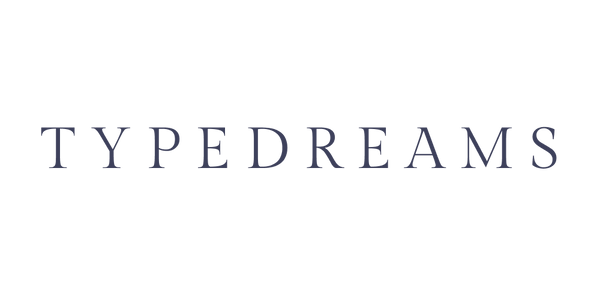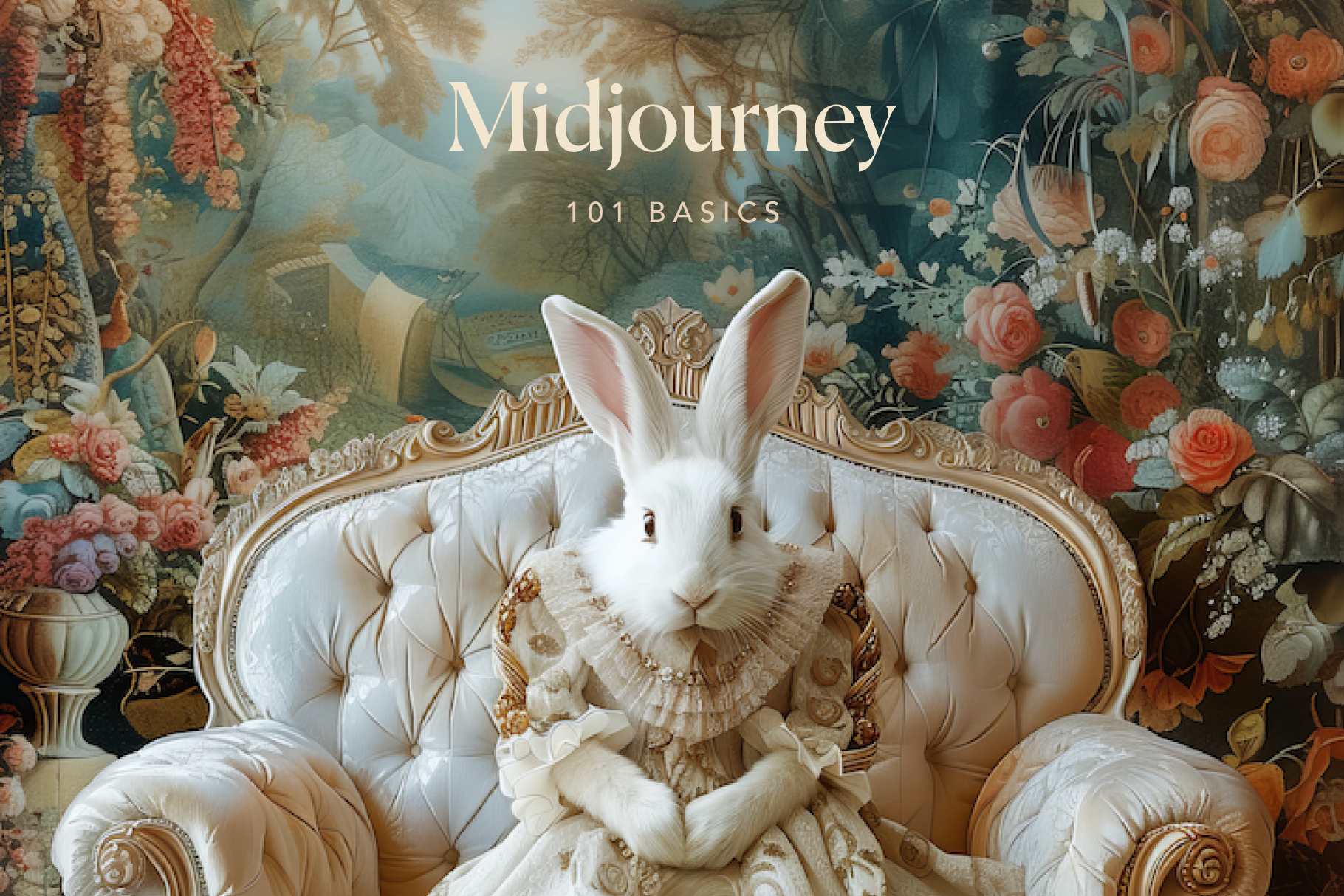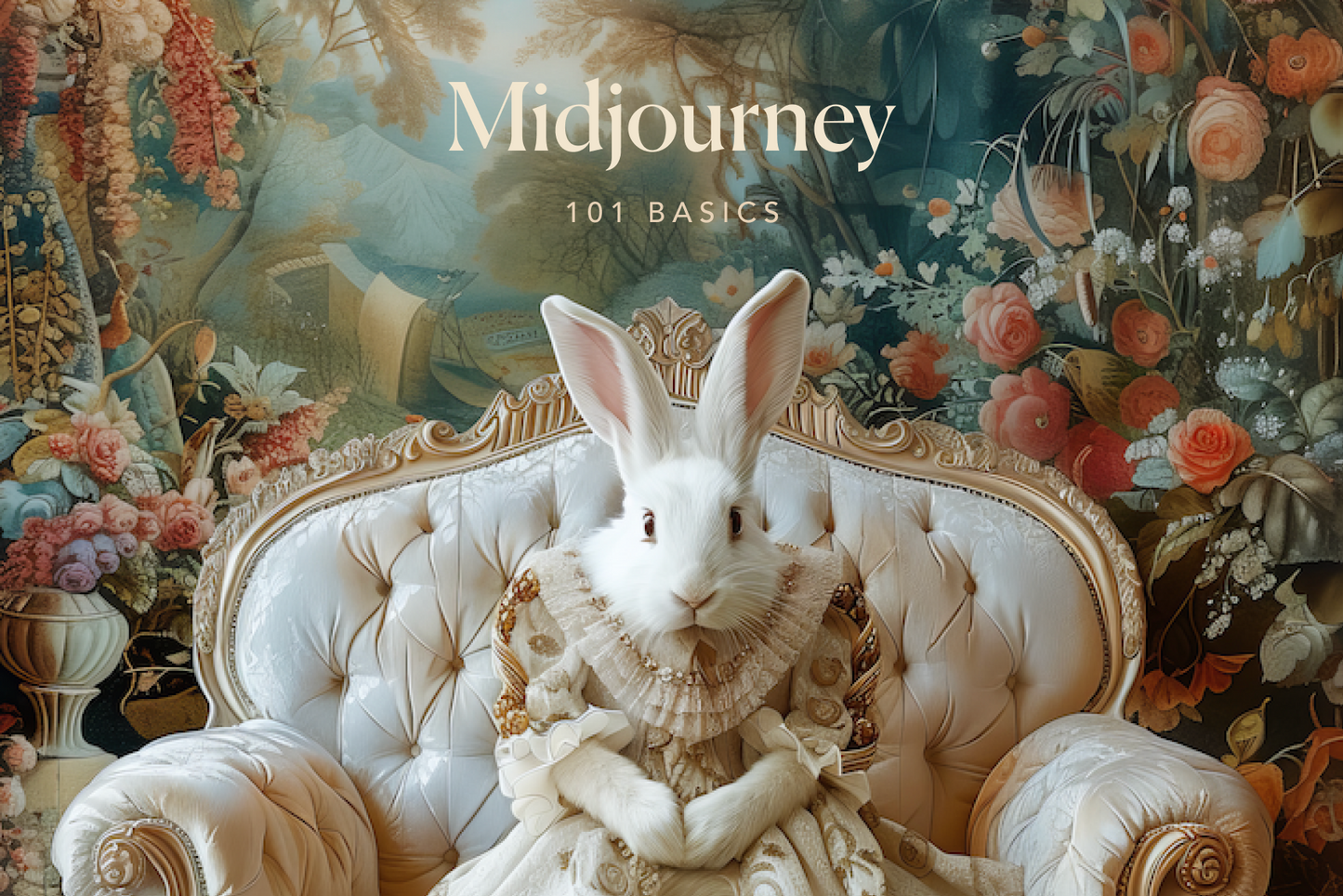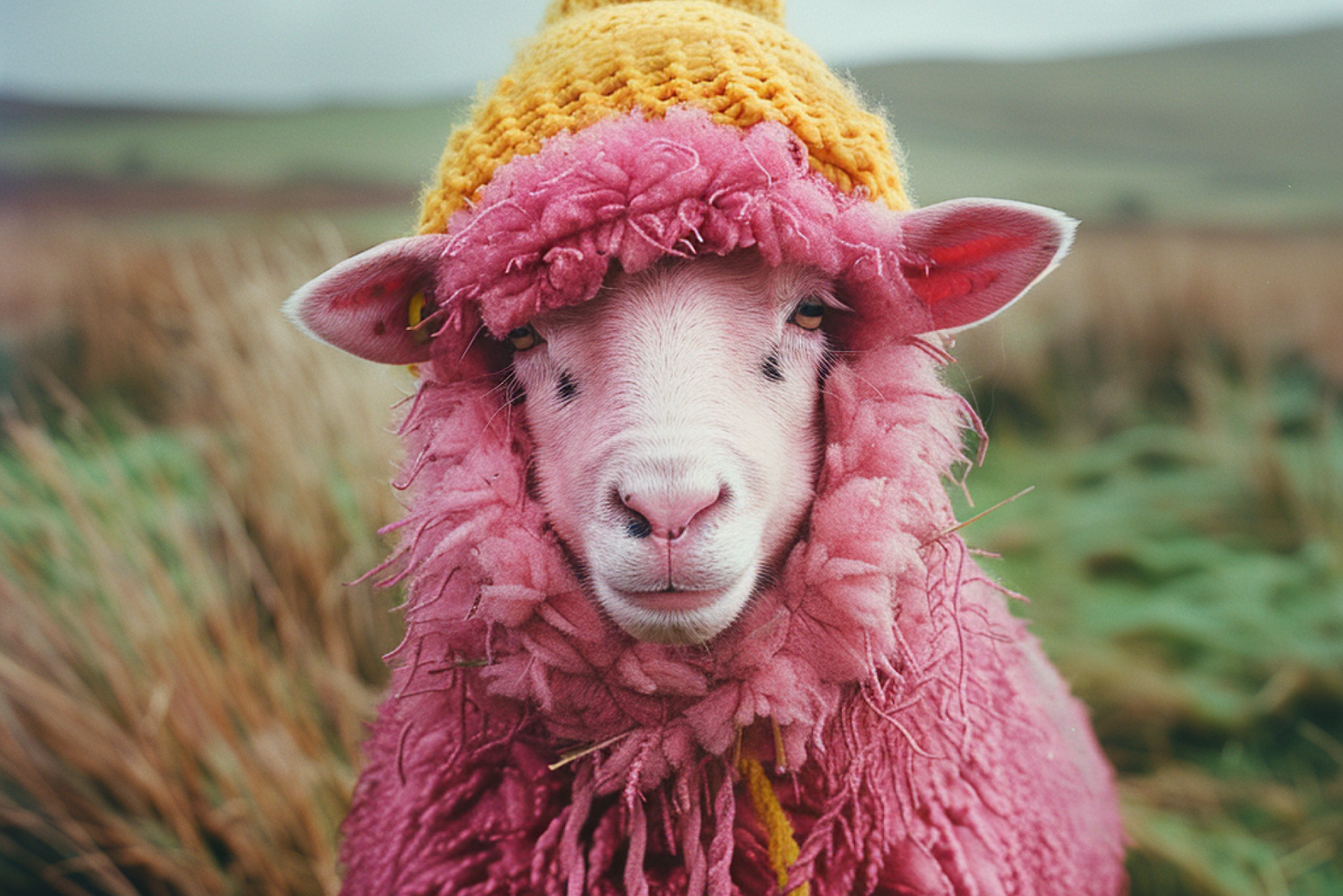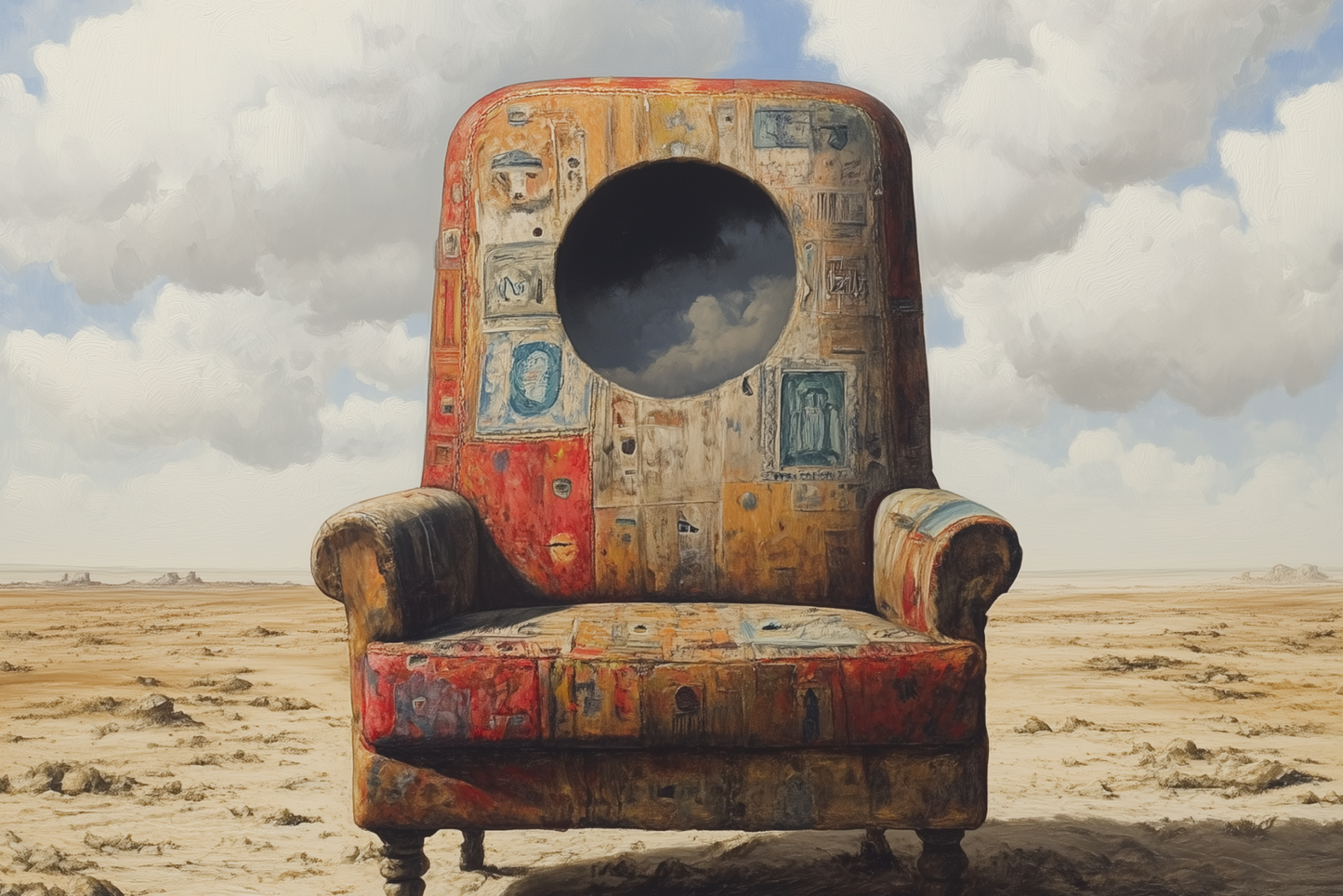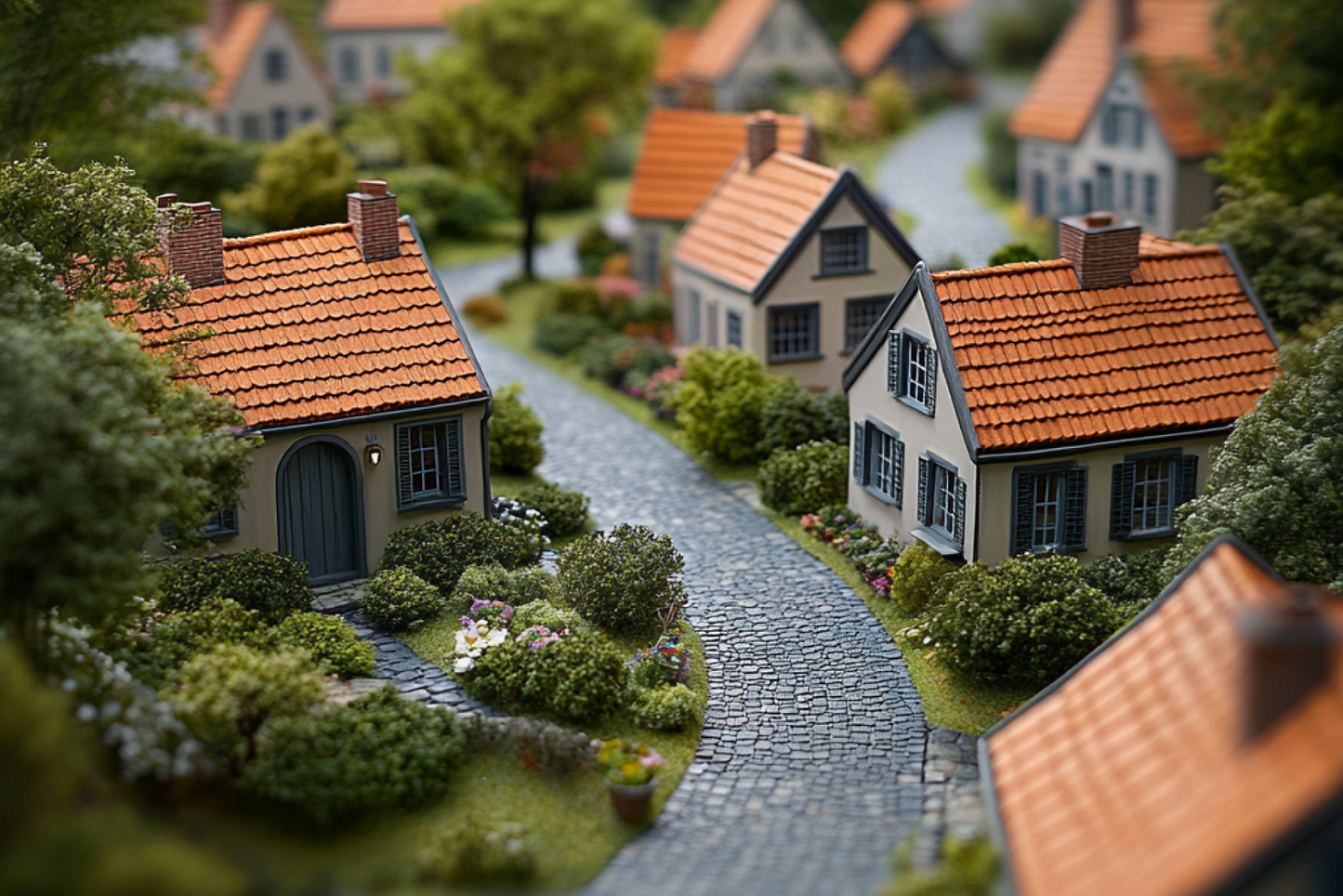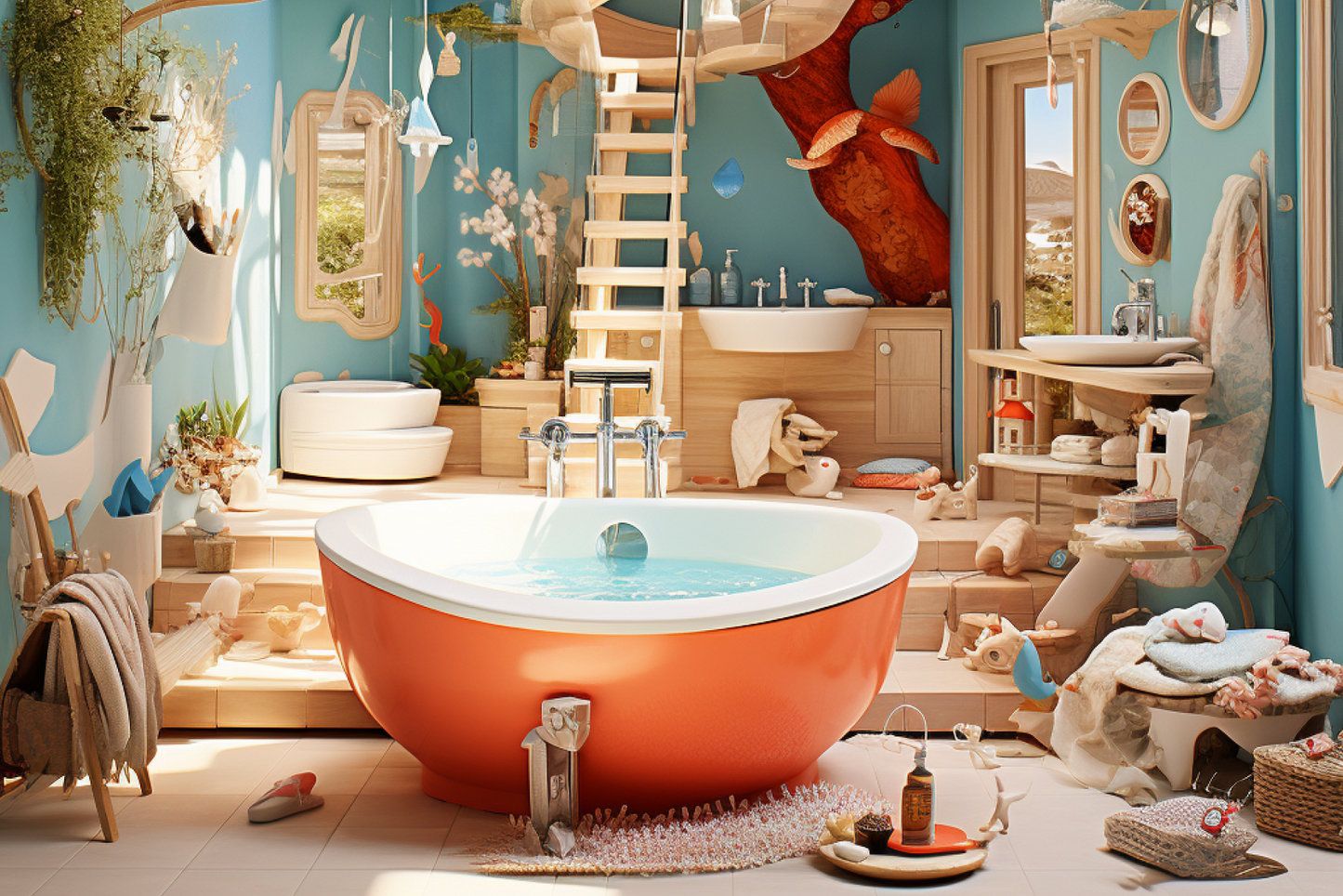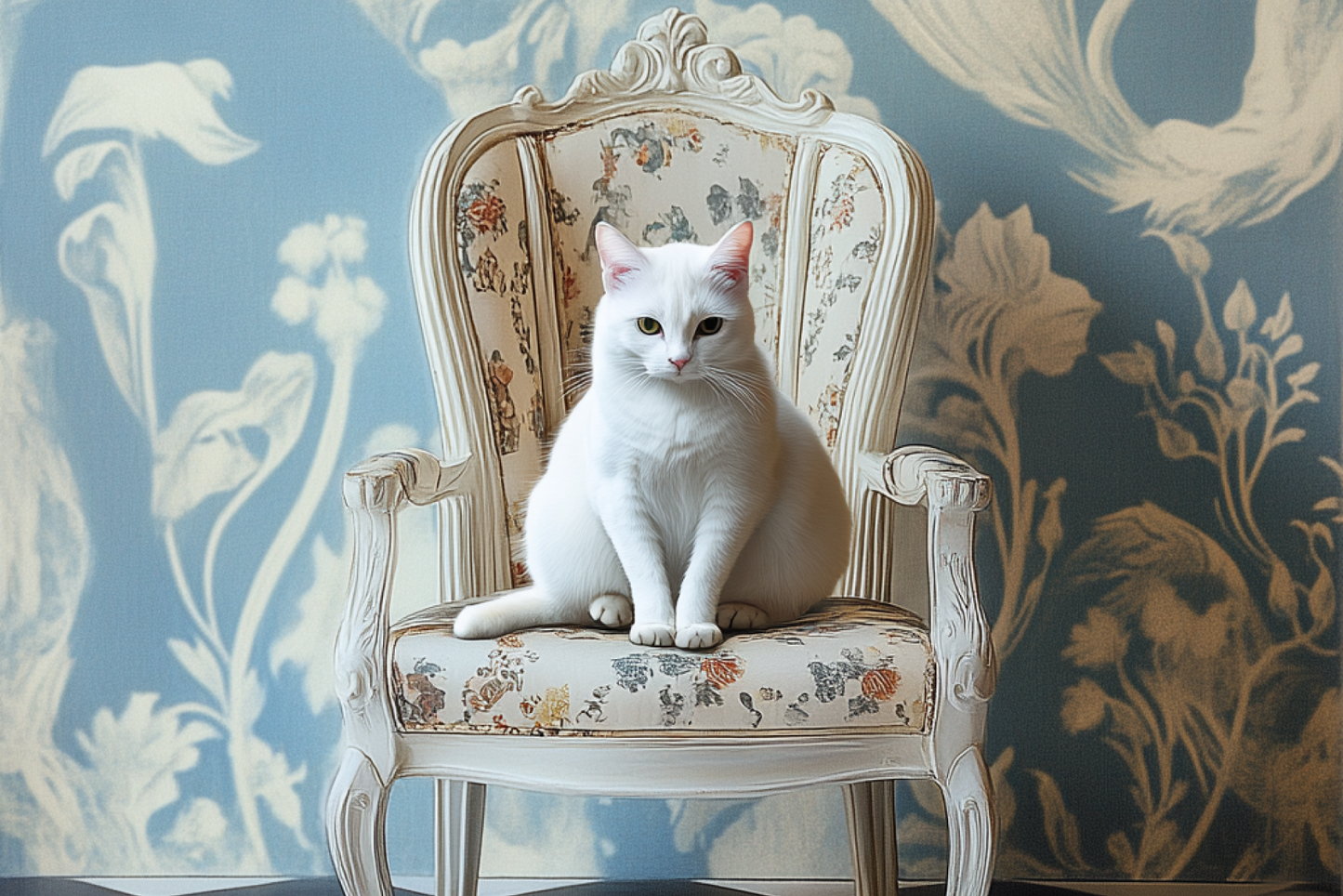
Dieter Deconinck, known in the art world as DDKing, is a Belgian artist who mixes creativity and technology in a way that feels both personal and unexpected. Growing up in the small town of Ronse, he developed a love for computers and modern art, and over time he’s found a unique voice that blends storytelling, emotion, and AI.
In this interview, DDKing talks about his journey as an artist, how he uses AI to bring emotion into his work, and what inspires him as he continues to explore new creative possibilities.

Background
Could you tell us about your upbringing in Belgium and how it influenced your path toward art?
I grew up in Ronse, a small town in Belgium surrounded by history, culture, and contrasts. Belgium itself is the land of great masters—Van Eyck, Rubens, Ensor, Delvaux, Magritte, Permeke, Panamarenko, Raveel, and many others. Growing up in such a heritage made it impossible not to feel the weight and beauty of art in daily life.
From an early age I felt drawn to creativity, but also to technology—two worlds that seemed apart, yet felt connected to me. Belgium, with its layered history and mix of influences, taught me to see complexity and nuance. That duality shaped my artistic path: a fascination with modern art on the one hand, and with computers and digital possibilities on the other. My upbringing gave me both roots and a sense of restlessness—the desire to transform emotions into something tangible, whether through images, words, or AI.

When did you first begin to see yourself as an artist rather than an observer or collector?
For a long time, I was simply searching—collecting impressions, observing the world around me, and experimenting. The turning point came when I realized that art wasn’t just something I admired, but something I needed to express myself.
It happened gradually, but there was a clear moment when my creations started reflecting my own inner struggles, questions, and hopes rather than just techniques or aesthetics. That was when I knew I wasn’t looking from the outside anymore—I had stepped into the story as an artist.

Were there particular artists, movements, or experiences in your early years that shaped your outlook?
My influences are broad and not always traditional. I was fascinated by the surrealism of Magritte, the rawness of street art, and the emotional force of music—artists like Johnny Cash or modern voices that carried truth in their lyrics.
At the same time, my connection with technology pushed me toward exploring AI as a medium. What shaped me most, however, were not just other artists but lived experiences: moments of loss, resilience, and rediscovering hope. Those experiences taught me that art must be more than beautiful—it must be honest, even when it hurts.

Artistic Journey
How has your practice evolved from your first works to what you create today?
My early works were mostly experiments—learning how to use digital tools, testing ideas, and searching for my own visual language. Over time, I moved from experimenting with form toward expressing deeper emotions and narratives. Today my practice is less about the tool itself and more about what the tool allows me to say. AI has become my medium, but emotion remains my compass.

What role does emotion play in your creative process?
Emotion is at the heart of everything I create. Without it, an image remains empty. For me, art is not about perfection but about honesty. I use AI not to escape feelings, but to confront them—love, loss, fragility, resilience. Emotion shapes the atmosphere, the colors, the tension of each work.

In your experience, can AI truly surprise its creator?
Absolutely. AI is not just a passive tool—it often reacts in ways I could never predict. Sometimes it reveals unexpected details or creates poetic connections that feel almost magical. But this also brings a kind of inner conflict: the surprise can be inspiring, yet it can also pull you away from your original vision. For me, the challenge is to find balance—welcoming the unexpected while staying true to my own ideas and working them through. The surprise is valuable, but it should never replace the artist’s intention.
How do you respond to the critique that AI art lacks ‘soul’?
I believe the soul is never in the machine—it is always in the human behind it. AI is a tool, and without human input it creates nothing. It has no emotions, no inner life, no experience. The artist must describe, guide, and shape the work as honestly as possible. The emotions we pour into it—our losses, our hopes, our contradictions—are what give the result its resonance. AI can generate an image, but only the human intention breathes meaning into it. That is where the soul lives.

In your opinion, what responsibilities do artists have when working with AI?
Artists must be conscious of the power and impact of AI. We should be transparent about our process, respect authorship, and avoid misusing the technology. Beyond ethics, we also carry the responsibility to show that AI is not the enemy of art but a new language. It’s up to us to use it with integrity—to explore, but also to question, to provoke, and to humanise.

Future of Art
How do you envision the role of the artist evolving over the next 50 years?
The role of the artist will remain what it has always been: to question, to reflect, to tell stories. But the tools will evolve. In the next 50 years, artists will collaborate with algorithms, data, and mediums we cannot yet imagine. What matters is not the tool, but the courage to stay human within it.

Do you believe AI-generated art will one day hold the same cultural weight as traditional mediums?
I believe AI art already has its place, but it occupies a different space—somewhere between the written word and the visual arts. Over time it will grow in cultural importance, not because of the machine, but because of the seriousness and integrity of the artists who work with it. And let’s be clear: true AI art is not created in minutes. It is a process of cutting, reshaping, and refining until it carries meaning. Respect and transparency between different mediums will bring us further, side by side.

What do you hope viewers take away from encountering your work?
I hope they feel something—recognition, reflection, maybe even discomfort. My goal is not to provide answers but to open a space for emotion. If a viewer feels that the work whispered something they knew but never put into words, then I’ve succeeded.

If you could give one piece of advice to your younger self starting out as an artist, what would it be?
Don’t wait for permission. Be yourself. Follow your instincts, even when you feel unsure. Work hard, stay restless, and don’t hide your emotions. They will be your greatest strength.

What services do you provide? How can people find you?
I create my own AI-driven artworks, but my practice goes far beyond that. I design album covers and book covers, create jewelry collections with AI in collaboration with Ethicarat, occasionally paint, and work freelance for advertising agencies. In addition, I run my own gallery ArtNomadique in Ronse, dedicated to contemporary art, where I curate and organize group exhibitions with other artists.
People can discover my work on Instagram @ddking_art, through my websites ddking.be and artnomadique.com, or by visiting the gallery and exhibitions I curate at home and abroad.

